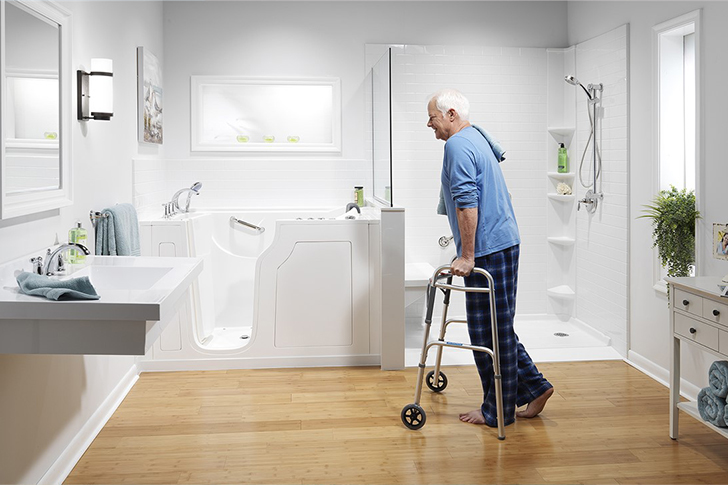A Senior’s Guide to Buying Cost-Effective Walk-In Tubs
As the population ages, many seniors are looking for ways to maintain their independence and quality of life. One key aspect of this is ensuring safety and comfort in the bathroom. Walk-in tubs, designed with doors for easy access and equipped with safety features such as non-slip floors and grab bars, are an increasingly popular solution. However, the cost can sometimes be prohibitive. This article provides practical advice on how seniors can obtain walk-in tubs affordably.

Understand the Market and Typical Costs
The average cost of a walk-in tub can range from $2,000 to $7,000 before installation, with total expenses typically landing between $5,000 and $10,000 after installation. Prices vary based on features such as size, material, brand, therapeutic features (like hydrotherapy), and whether the installation requires extensive bathroom modifications.
Exploring Financial Aid and Discounts
1. **Medicare and Medicaid:**
Currently, Medicare does not generally cover walk-in tubs as they are not deemed “durable medical equipment.” However, if you can prove with a doctor’s prescription that the tub is a medical necessity, there might be exceptions. Medicaid coverage for walk-in tubs may be possible through Home and Community Based Services (HCBS) waivers or Money Follows the Person (MFP) programs, depending on the state.
2. **Grants and Programs:**
Various nonprofits and government programs can assist in financing a walk-in tub:
– **Community Development Block Grant Program (CDBG):** This federal program helps with home modifications for the elderly.
– **Veterans’ Programs:** Veterans directed through the VA might have access to grants like the HISA grant, which can be used for home modifications, including walk-in tubs.
3. **Manufacturer Discounts and Rebates:**
Some walk-in tub companies offer discounts, promotional deals, or rebates. Always inquire directly with suppliers about any current promotions.
4. **Tax Deductions:**
If a walk-in tub is purchased primarily for medical safety reasons, it might qualify as a tax-deductible medical expense. This requires proper documentation and adherence to IRS guidelines.
Consider Budget-friendly Walk-In Tub Features
To save costs, consider which features are essential. Basic soaker models without therapeutic features like air or whirlpool jets are generally cheaper. Also, some models might have pricier high-end finishes or accessories which may look appealing but are not necessary. Choosing a less known brand can also reduce costs, but ensure it still meets safety standards.
Shop Second-Hand Tubs
One potentially overlooked option is purchasing a second-hand tub. These can occasionally be found through online marketplaces, local classifieds, or medical supply stores that offer refurbished models. The primary consideration here should be to ensure the tub is in good condition and comes from a reputable source.
DIY Installation Considerations
If you are handy or know someone who is, you might save on installation costs by making it a DIY project. Note that this approach isn’t for everyone, as improper installation can lead to leaks and other expensive repairs down the line. It’s essential to evaluate the complexity of the installation process for each model and decide if you can handle the requirements.
Long-term Considerations and Warranties
A lesser upfront cost might mean a compromise in long-term reliability. Look for walk-in tubs with solid warranties and make sure you understand what’s covered. Investing a bit more upfront for a durable tub with a comprehensive warranty can reduce long-term costs associated with repairs and replacements.
Conclusion
Getting a walk-in tub doesn’t have to break the bank. With thorough research, understanding of available financial aids, and consideration of what features are truly necessary, seniors can find a suitable walk-in tub that offers safety, comfort, and value. Always evaluate multiple options and seek out advice and testimonials from other users to make the most informed decision.







Recent Comments